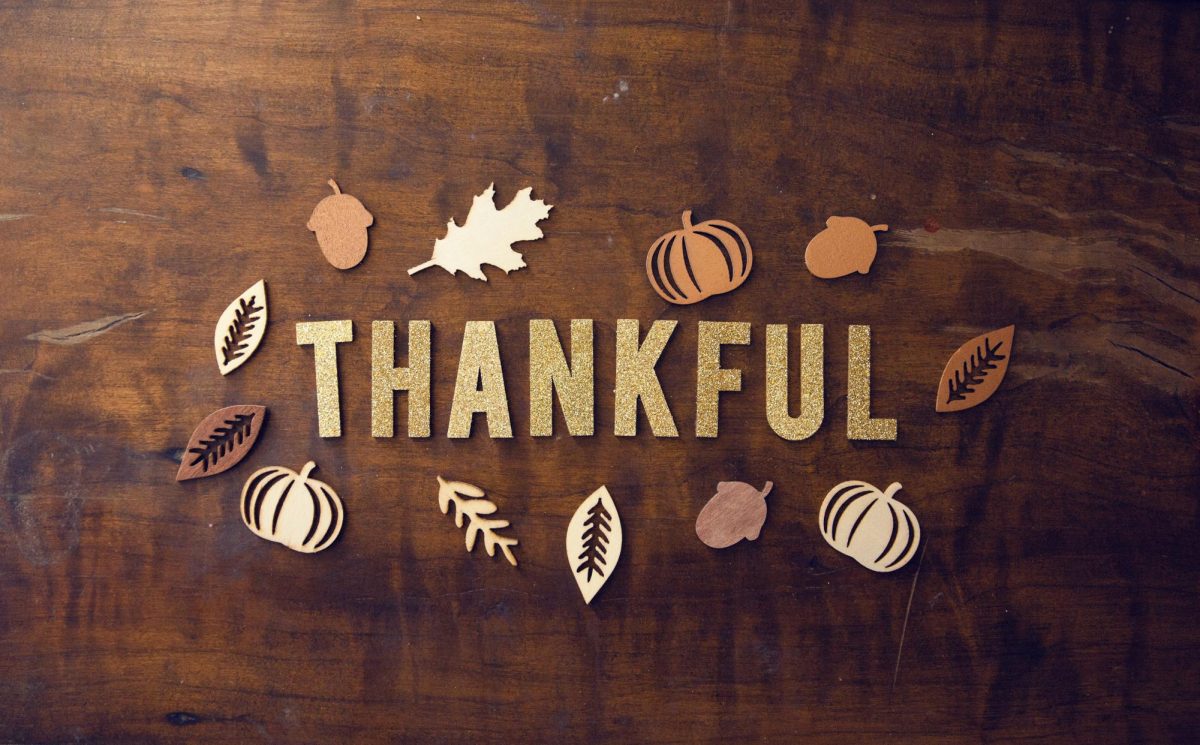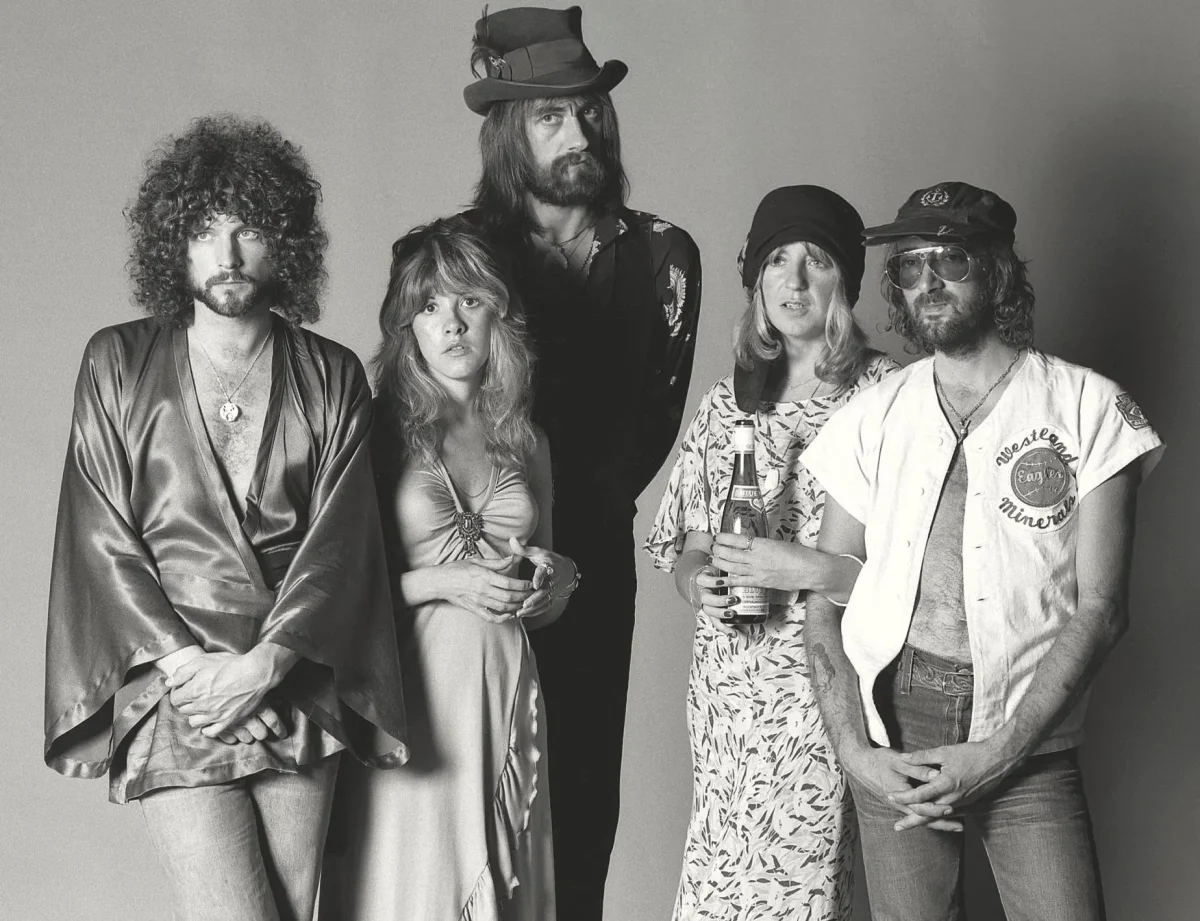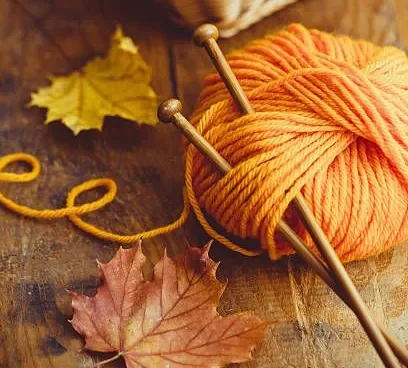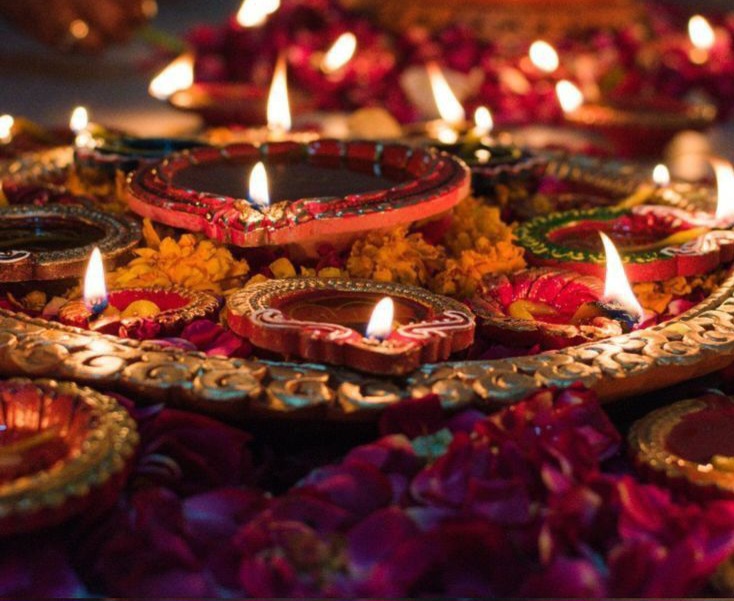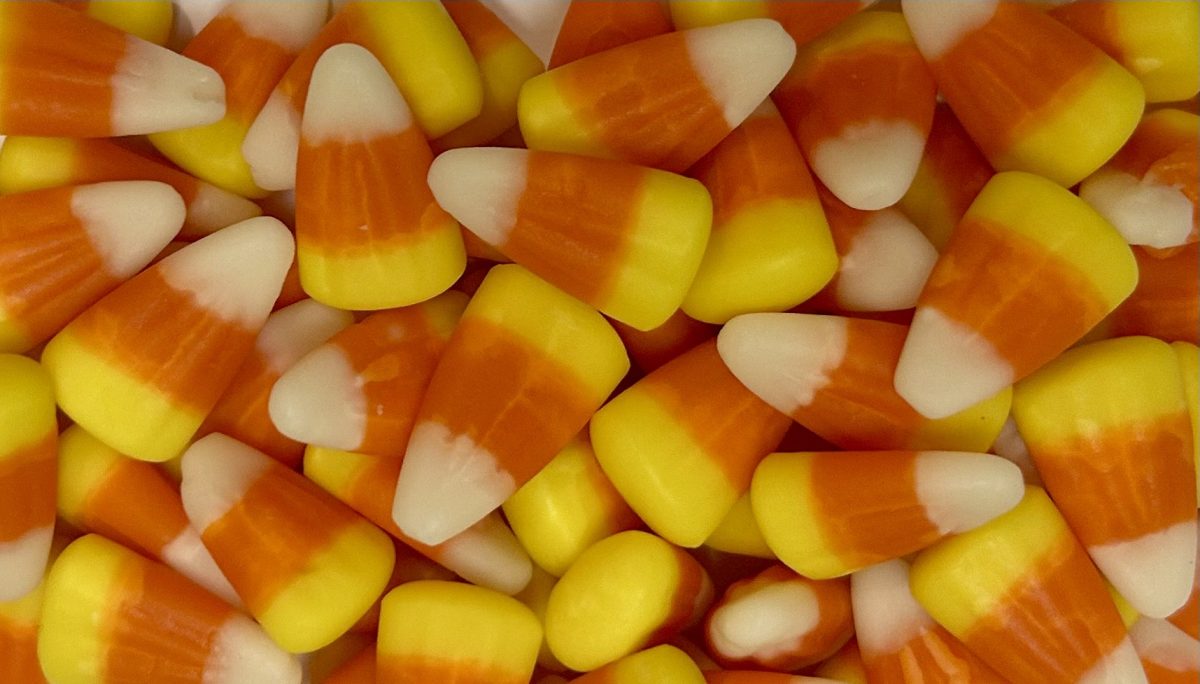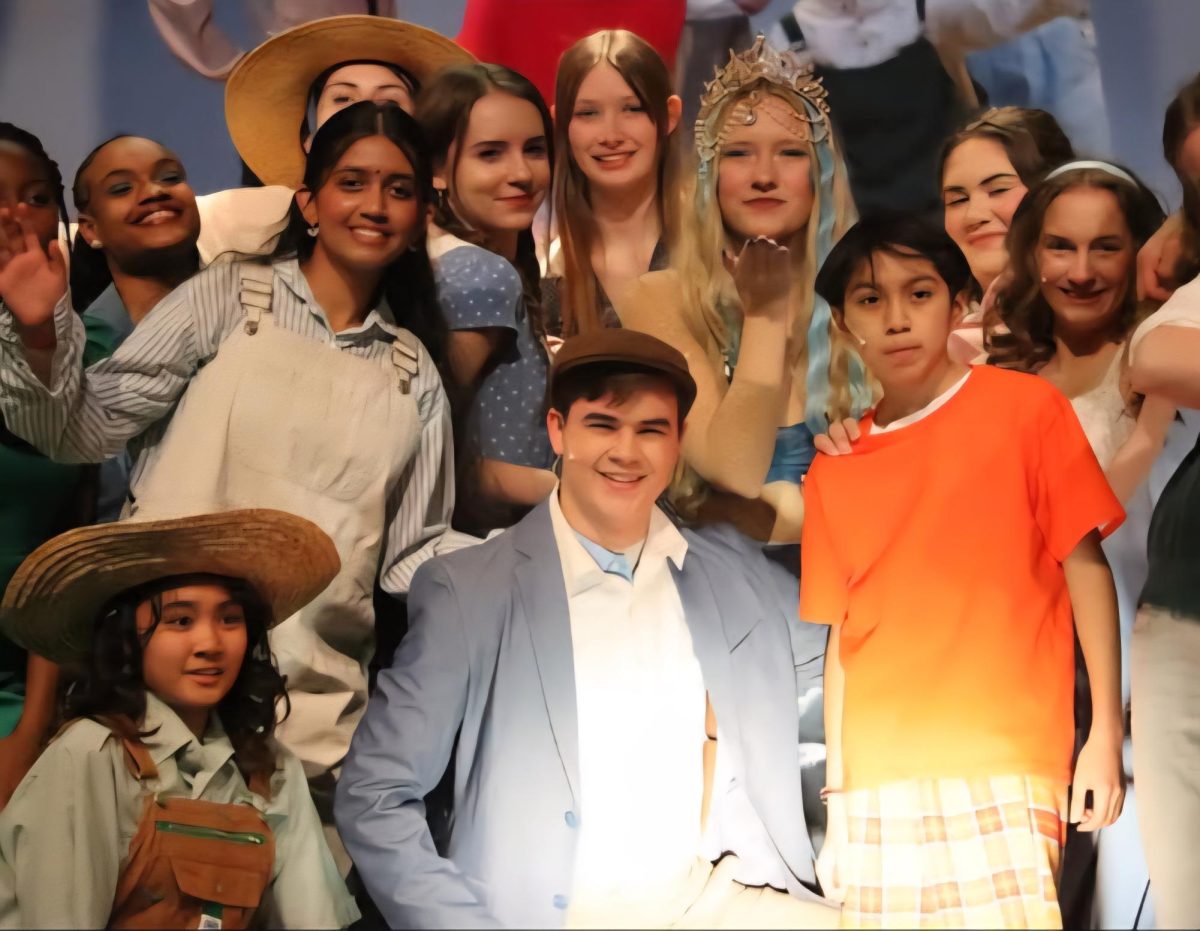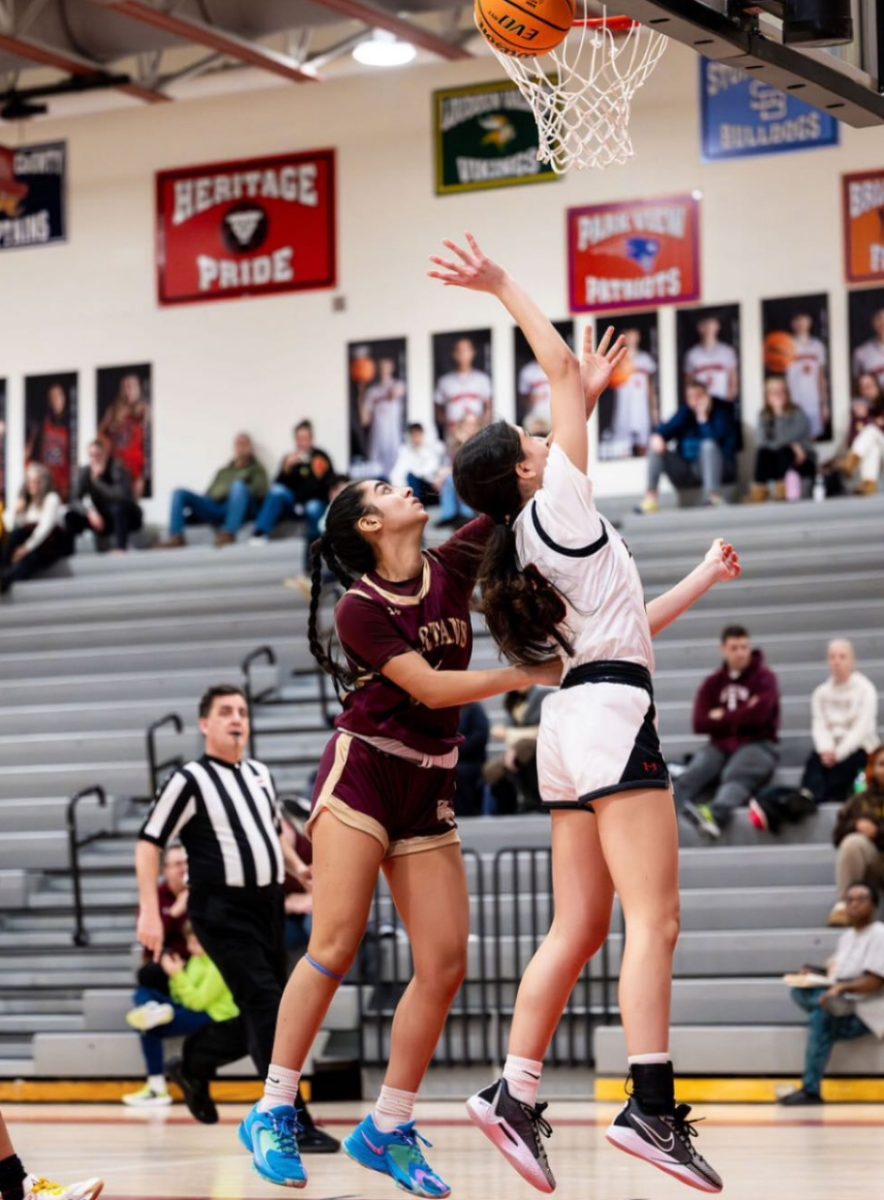As the fall season continues to pass, and Halloween comes to a close, there is one more holiday that stands before the people before the joyous Christmas. A month associated with multicolored leaves, cornucopias, harvest, and a sudden scarcity for turkeys. As the people gather around the table to indulge in their Thanksgiving roast dinner, one cannot help but wonder where this tradition originates from. The holiday is easily associated with the Pilgrims of the past, but like most of history, there’s much more to it than just that aspect.
Let the time be September of 1620, and the Mayflower ship would have just left Plymouth, England. Carrying over a hundred sailors, the ship would arrive in the New World that promised prosperity and abundance for all who arrived. They, the Pilgrims as we know them, would cross Massachusetts Bay and settle down to create a village capable of housing life.
Surviving in the New World would prove difficult for the Pilgrims as they suffered through their first winter upon settling. Contagious diseases and scurvy would become their fatal bane, and practically half of the original Pilgrims would live to breathe in their next spring air. These settlers’ fate seems to have been sealed as their numbers begin to be cut down, until a Native American from the Abenaki Tribe would visit them in the Pilgrim’s tongue, English.
It wouldn’t be long until the same Native American returned to the Pilgrims’ settlement with another Native American, Squanto, from the Pawtuxet Tribe. His life was treacherous as he was kidnapped by a seafarer and trafficked into slavery before escaping and returning to his tribe during an expedition. Despite his adversities, he would then teach the Pilgrims the art of agriculture. This included cultivations of crops like corn, harvesting sap from trees, fishing, botany, and foraging in its entirety.
During November of 1621, the Pilgrims’ first field of corn would prove fruitful. Their governor at that time, William Bradford, would call for a celebratory feast for their success. Alongside the Pilgrims, he invited the Native Americans who helped and taught them the art of farming. This would be considered the first Thanksgiving of America, and the festival would last three days. While the exact details of what their dinner table looked like is unknown, the journal of Edward Winslow, a Pilgrim chronicler, described a few facets.
Modern day desserts such as pies and cakes would be unfamiliar with the Pilgrims’ dinner as they did not have an oven, in addition to the fact that their sugar supply has been used in its entirety. Therefore, researchers have come to a conclusion that most dishes were made through Native American methods and flavors.
For over two centuries, Thanksgiving would be a tradition that respective families and states would celebrate individually. This would continue until 1863, during the Civil War, President Abraham Lincoln would officially declare Thanksgiving as a national holiday meant to be celebrated across the country every November. While the holiday does have its controversy regarding the past aggressions between Native Americans and European settlers, that is something to be debated on another, higher level.
In conclusion, Thanksgiving will continue to live down as a staple in American history. The holiday is meant to help all by reconvening with their loved ones, and sharing a night full of food, laughter, and gratuity. While family dinners can happen any day, it is only during the fourth Thursday of November that a family dinner can be cherished and remembered throughout their respective family histories. Now, for a single moment this month, everyone should consider what we are all thankful for. After all, that’s what modern day Thanksgiving is all about.


